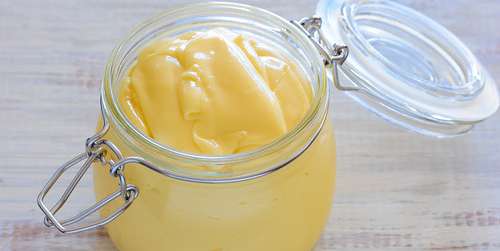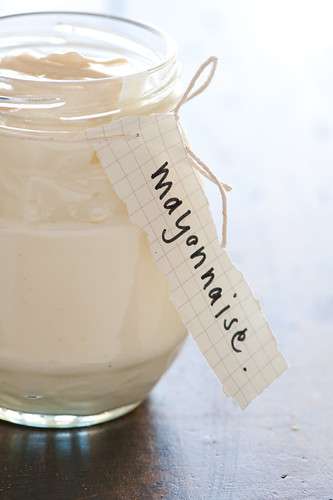Poor Brand Consistency Can Impact Sales
Brand consistency is an essential element of mayonnaise manufacturing. Whether they’re making sandwiches or egg salad, customers expect their mayonnaise to be the same shade every time. That isn’t to say that different brands can’t be different colors. Mayonnaise varies from white to yellow based on the amount of egg yolk included. Brands can vary, but each brand must be the same color every time.
Based on an expectation of consistency, customers are likely to have a negative impression of a mayonnaise purchase if it isn’t the right color. Despite mayonnaise’s ability to prevent food spoilage, the myth that mayonnaise can be an agent of spoilage persists. This can lead customers who notice anything different about their mayonnaise—such as an unexpected color—to mistrust their purchase, and by extension, its brand. Brand mistrust can negatively impact a company both in reduced future sales to that customer, and reduced sales to that customer’s friends and family due to word of mouth.
Discoloration can occur in mayonnaise at a number of stages in the manufacturing process. First, raw materials such as eggs, oil, vinegar, and spices can vary in color to some degree. Next, improper ingredient ratios can affect color as well, such as the inclusion of too much egg yolk instead of egg white. Not only must the ratios be correct, but the ingredients must be properly agitated and emulsified, so that agglomerations do not form. Finally, contamination in the mixing vats or supply lines can lead to discoloration through the inclusion of unwanted ingredients.
Spectrophotometers Ensure Color Quality Control
To detect and correct the discoloration of their mayonnaise, manufacturers employ spectrophotometers. These instruments ascertain the color of liquids and solids with unerring precision. By analyzing controlled bursts of light reflected off samples, spectrophotometers can detect the exact color of opaque materials. Because spectrophotometers emit the same light, for the same duration, every time they take a measurement, they return results with a high degree of accuracy.





